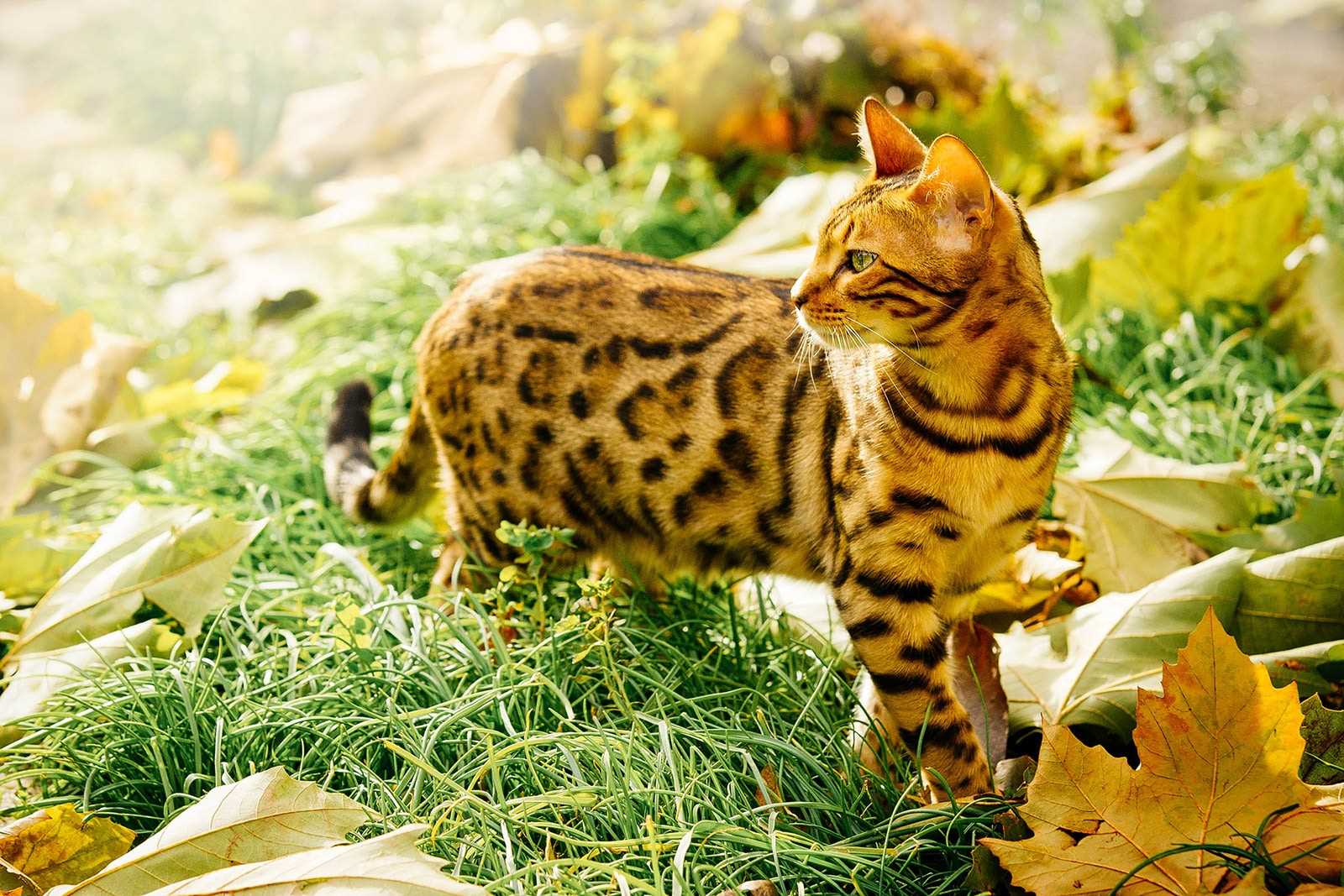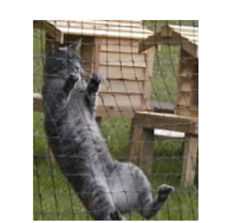



Using citrus peels is a simple yet effective technique. Cats generally dislike the scent of oranges, lemons, and grapefruits. Scatter fresh or dried peels around areas where unwanted visitors tend to roam. This natural repellent can deter them and keep those curious whiskers at bay.
Another method involves creating physical barriers. Installing decorative fencing or planting dense shrubs can discourage unwanted visitors from entering your space. Cats prefer open areas for exploration, so making access difficult with strategic plantings can be beneficial.
Consider using motion-activated sprinklers. These devices can detect movement and release a burst of water, startling any intruders. Many felines are sensitive to unexpected sprays, making this a practical solution for maintaining a peaceful outdoor setting.
Incorporating certain scents can also be advantageous. Strong fragrances such as peppermint oil or vinegar can repel feline friends. Mix these with water in a spray bottle and apply them to the perimeter. Regular reapplication will ensure the scent remains potent.
Lastly, providing alternative spaces for exploration can redirect their attention. If possible, create a designated area with cat-friendly plants and toys away from your property. This can satisfy their curiosity and reduce the likelihood of them venturing into unwanted territories.
Choosing Natural Deterrents for Your Garden

Utilizing citrus peels is an excellent way to repel unwanted visitors. Scatter orange, lemon, or grapefruit rinds around flower beds and pathways. The strong scent is off-putting to many felines. Regularly replenish the peels to maintain their effectiveness.
Herbal Solutions

Planting certain herbs can create a natural barrier. Consider lavender, rosemary, or rue, as their fragrances tend to deter intruders. These plants not only beautify the space but also contribute to a pleasant aroma for humans.
Texture Matters
Adding rough or prickly materials can discourage unwanted exploration. Use pine cones, sharp stones, or coarse mulch around plants. The uncomfortable texture will make the area less inviting.
Another option is to utilize coffee grounds. Sprinkling used coffee grounds around plants can deter due to their scent and texture. This method is environmentally friendly and provides nutrients to the soil.
For an extra layer of protection, consider creating motion-activated devices that emit sounds or sprays. These can be made from simple materials and provide an immediate response to any uninvited guests.
Setting Up Physical Barriers to Prevent Cat Access
Installing a sturdy fence is the first step to deter unwanted furry visitors. A minimum height of six feet is recommended, with a design that includes an inward-curving top to make climbing difficult. Consider using materials such as wood or vinyl, as they provide both durability and an aesthetic appeal.
Incorporating garden netting or chicken wire at the base of the fence can further enhance protection. Burying the bottom edge underground prevents digging, a common way for determined felines to breach defenses.
Creating an obstacle course with prickly plants along the perimeter can also discourage entry. Varieties like barberries or roses deter curious paws while adding beauty to the landscape.
For larger areas, motion-activated sprinklers can surprise any intruder with a gentle spray of water, sending them running. This method is not only effective but also harmless, making it a preferred choice for many.
Lastly, using physical barriers such as garden borders or decorative stones can create a visual deterrent. A combination of these methods forms a comprehensive strategy, ensuring a peaceful retreat for all residents. If you’re curious about unique breeds, check out how much is a sphynx cat worth for more information.
Using citrus peels is a simple yet effective technique. Cats generally dislike the scent of oranges, lemons, and grapefruits. Scatter fresh or dried peels around areas where unwanted visitors tend to roam. This natural repellent can deter them and keep those curious whiskers at bay.
Another method involves creating physical barriers. Installing decorative fencing or planting dense shrubs can discourage unwanted visitors from entering your space. Cats prefer open areas for exploration, so making access difficult with strategic plantings can be beneficial.
Consider using motion-activated sprinklers. These devices can detect movement and release a burst of water, startling any intruders. Many felines are sensitive to unexpected sprays, making this a practical solution for maintaining a peaceful outdoor setting.
Incorporating certain scents can also be advantageous. Strong fragrances such as peppermint oil or vinegar can repel feline friends. Mix these with water in a spray bottle and apply them to the perimeter. Regular reapplication will ensure the scent remains potent.
Lastly, providing alternative spaces for exploration can redirect their attention. If possible, create a designated area with cat-friendly plants and toys away from your property. This can satisfy their curiosity and reduce the likelihood of them venturing into unwanted territories.
Choosing Natural Deterrents for Your Garden

Utilizing citrus peels is an excellent way to repel unwanted visitors. Scatter orange, lemon, or grapefruit rinds around flower beds and pathways. The strong scent is off-putting to many felines. Regularly replenish the peels to maintain their effectiveness.
Herbal Solutions

Planting certain herbs can create a natural barrier. Consider lavender, rosemary, or rue, as their fragrances tend to deter intruders. These plants not only beautify the space but also contribute to a pleasant aroma for humans.
Texture Matters
Adding rough or prickly materials can discourage unwanted exploration. Use pine cones, sharp stones, or coarse mulch around plants. The uncomfortable texture will make the area less inviting.
Another option is to utilize coffee grounds. Sprinkling used coffee grounds around plants can deter due to their scent and texture. This method is environmentally friendly and provides nutrients to the soil.
For an extra layer of protection, consider creating motion-activated devices that emit sounds or sprays. These can be made from simple materials and provide an immediate response to any uninvited guests.
Setting Up Physical Barriers to Prevent Cat Access
Installing a sturdy fence is the first step to deter unwanted furry visitors. A minimum height of six feet is recommended, with a design that includes an inward-curving top to make climbing difficult. Consider using materials such as wood or vinyl, as they provide both durability and an aesthetic appeal.
Incorporating garden netting or chicken wire at the base of the fence can further enhance protection. Burying the bottom edge underground prevents digging, a common way for determined felines to breach defenses.
Creating an obstacle course with prickly plants along the perimeter can also discourage entry. Varieties like barberries or roses deter curious paws while adding beauty to the landscape.
For larger areas, motion-activated sprinklers can surprise any intruder with a gentle spray of water, sending them running. This method is not only effective but also harmless, making it a preferred choice for many.
Lastly, using physical barriers such as garden borders or decorative stones can create a visual deterrent. A combination of these methods forms a comprehensive strategy, ensuring a peaceful retreat for all residents. If you’re curious about unique breeds, check out how much is a sphynx cat worth for more information.
Using citrus peels is a simple yet effective technique. Cats generally dislike the scent of oranges, lemons, and grapefruits. Scatter fresh or dried peels around areas where unwanted visitors tend to roam. This natural repellent can deter them and keep those curious whiskers at bay.
Another method involves creating physical barriers. Installing decorative fencing or planting dense shrubs can discourage unwanted visitors from entering your space. Cats prefer open areas for exploration, so making access difficult with strategic plantings can be beneficial.
Consider using motion-activated sprinklers. These devices can detect movement and release a burst of water, startling any intruders. Many felines are sensitive to unexpected sprays, making this a practical solution for maintaining a peaceful outdoor setting.
Incorporating certain scents can also be advantageous. Strong fragrances such as peppermint oil or vinegar can repel feline friends. Mix these with water in a spray bottle and apply them to the perimeter. Regular reapplication will ensure the scent remains potent.
Lastly, providing alternative spaces for exploration can redirect their attention. If possible, create a designated area with cat-friendly plants and toys away from your property. This can satisfy their curiosity and reduce the likelihood of them venturing into unwanted territories.
Choosing Natural Deterrents for Your Garden

Utilizing citrus peels is an excellent way to repel unwanted visitors. Scatter orange, lemon, or grapefruit rinds around flower beds and pathways. The strong scent is off-putting to many felines. Regularly replenish the peels to maintain their effectiveness.
Herbal Solutions

Planting certain herbs can create a natural barrier. Consider lavender, rosemary, or rue, as their fragrances tend to deter intruders. These plants not only beautify the space but also contribute to a pleasant aroma for humans.
Texture Matters
Adding rough or prickly materials can discourage unwanted exploration. Use pine cones, sharp stones, or coarse mulch around plants. The uncomfortable texture will make the area less inviting.
Another option is to utilize coffee grounds. Sprinkling used coffee grounds around plants can deter due to their scent and texture. This method is environmentally friendly and provides nutrients to the soil.
For an extra layer of protection, consider creating motion-activated devices that emit sounds or sprays. These can be made from simple materials and provide an immediate response to any uninvited guests.
Setting Up Physical Barriers to Prevent Cat Access
Installing a sturdy fence is the first step to deter unwanted furry visitors. A minimum height of six feet is recommended, with a design that includes an inward-curving top to make climbing difficult. Consider using materials such as wood or vinyl, as they provide both durability and an aesthetic appeal.
Incorporating garden netting or chicken wire at the base of the fence can further enhance protection. Burying the bottom edge underground prevents digging, a common way for determined felines to breach defenses.
Creating an obstacle course with prickly plants along the perimeter can also discourage entry. Varieties like barberries or roses deter curious paws while adding beauty to the landscape.
For larger areas, motion-activated sprinklers can surprise any intruder with a gentle spray of water, sending them running. This method is not only effective but also harmless, making it a preferred choice for many.
Lastly, using physical barriers such as garden borders or decorative stones can create a visual deterrent. A combination of these methods forms a comprehensive strategy, ensuring a peaceful retreat for all residents. If you’re curious about unique breeds, check out how much is a sphynx cat worth for more information.









